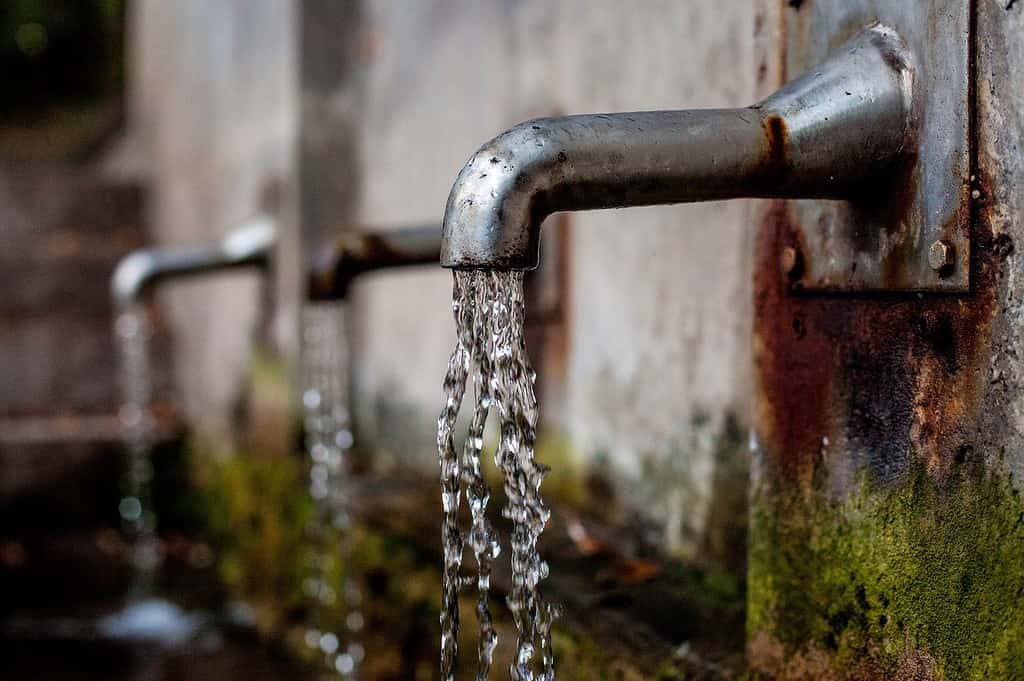New regulations to prevent lead and copper water contamination in the United States cost $335 million to be implemented but generate about $9 billion in health benefits every year, according to a new study. The researchers also found the regulations generate $2 billion in infrastructure benefits, with an overall benefit-to-cost ratio of 35:1.

While the majority of water systems in the US offer dependable and high-quality drinking water, studies have shown 21 million individuals still rely on water from utility systems that have registered health violations. This is explained by aging water infrastructure, lack of funding, and continuously evolving environmental hazards, among many other factors.
One of the main risks comes from lead contamination. No level of lead in the human body is considered safe, especially for children under five. Some of the risks include damage to the central nervous system, lowered IQ levels, and behavioral and learning difficulties. About half a million children in the US have high blood lead levels.
Drinking water can be contaminated with lead through a process called corrosion, which occurs when plumbing materials containing lead undergo a chemical reaction. The primary culprits behind lead contamination in drinking water are lead pipes, particularly the service line that connects the house to the water main in the street.
“Our study found that stronger rules to reduce lead in drinking water come with enormous benefits for individuals and the United States as a whole. Therefore, we believe the LCRR should be made as rigorous as possible,” co-lead author Joel Schwartz, professor at Harvard T.H. Chan School of Public Health, said in a statement.
Scaling up water quality controls
Back in 2021, the Environmental Protection Agency (EPA) implemented the Lead and Copper Drinking Water Rule Revision (LCRR). The legislation updates a previous one from the 1990s with more strict controls, such as better corrosion control treatment and identification of lead pipes and sampling for lead at schools and childcare facilities.
But it didn’t end there. Soon after, the agency also introduced the Lead and Copper Rule Improvements (LCRI) to address shortcomings in the LCRR. The latest framework would strengthen tap sampling requirements and improve compliance to identify locations with elevated water lead levels and urgently replace lead service lines.
A team of researchers at Harvard T.H. Chan School of Public Health assessed the impacts of the LCRR by doing a cost-benefit analysis. They monetized all 17 of the health endpoints determined by the EPA to be causally related to lead exposure. These include preterm birth, hypertension and declining cognitive function, among others.
Based on the analysis, the policy’s implementation cost is significantly outweighed by its annual benefits. The EPA published a cost-benefit analysis of the LCRR that suggested that the regulations generate only $645 million annually in avoided health damages. This was because EPA’s analysis was based on the monetization of only one health endpoint.
“We thought the benefits of the LCRR might exceed costs by an order of magnitude—but they were many times that,” co-lead author Ronnie Levin said in a statement. “The benefits include better health for children and adults; non-health benefits in the form of reduced corrosion damage to water infrastructure and appliances; and improved equity in the US.”
The study was published in the journal Environmental Research.


